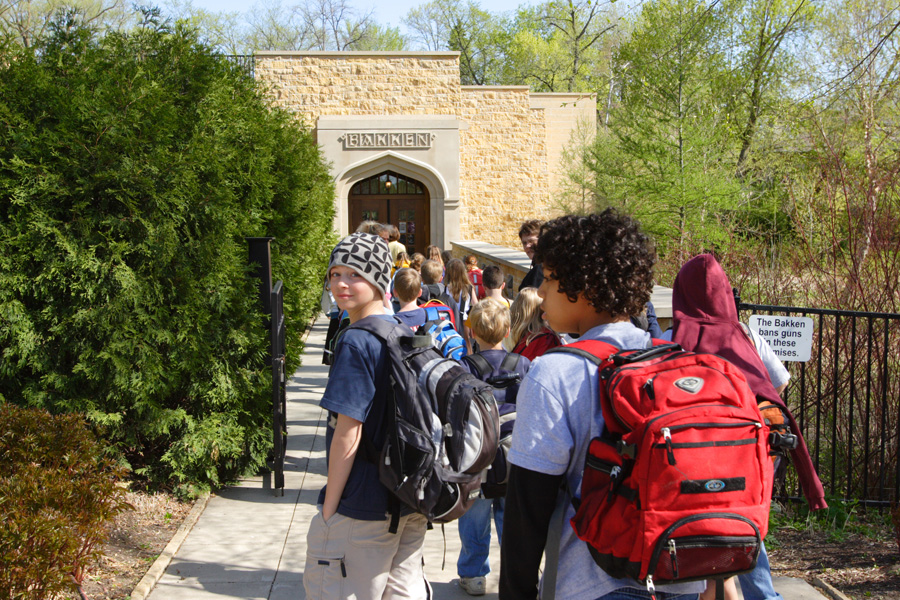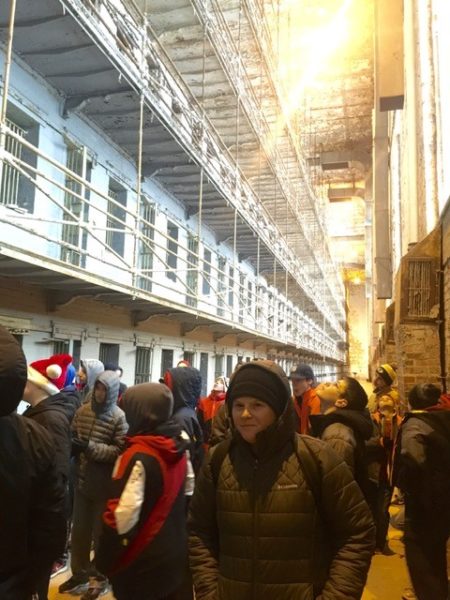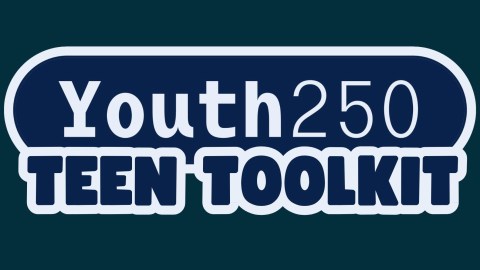
“That was an awesome field trip!”
“That place was so much fun.”
These are the statements you want to hear from students after a field trip. As an eighteen-year veteran teacher who has escorted young people on dozens of field trips, I can tell you that they are often one of the best memories of the whole school year for students. It is a day that they look forward to with anticipation, and often remember long after they get home. It is a day away from the ho-hum routine of school, a day with their friends and a day to see and learn new things many have never experienced before. For teachers, a great field trip is a delicate balance between connecting with the curriculum, making it enjoyable for the students, and handling the unique logistics and behavior challenges that come with being off the school property.
All museums have at their core a desire to educate the public about whatever specific area they showcase. Having a school group visit is an awesome opportunity to contribute your specific brand of knowledge and education to our future. Additionally, bringing school groups in gives museums a nice boost in ticket sales. And if the experience you provide those students is remarkable, you can bet they will be back with their families to visit!
How can you as museum professionals make it easy for teachers to provide a memorable, interesting, and educational trip to their students? Here are five keys to making teachers rave about your location:
1. Make it easy for them to schedule a school trip. The best-case scenario is to have information on a website with all the pertinent details specific to a school group visiting your museum. Think about the questions those setting up school visits ask. This is great information to add to your website. Once they know that the location will work for their school, it is time to reserve a day and time. Can they book a trip online and get a confirmation email or call? Or who can they easily contact by email? During the school day it is much easier for a teacher to email someone than call.
2. Provide a “before you come” teacher packet. This sets the places that can wow school groups apart from the ones that don’t. Teachers are under increasing pressure to make sure all time with students is meaningful and that it follows the curriculum. A well-prepared teacher packet, whether downloadable on a website or physically mailed, includes what state standards will coincide with a student’s visit. If you do not have the time or resources to research this, ask a friendly teacher who has visited to help you out. A packet may also include lessons the teachers can do with students in the days leading up to the visit. These often highlight what they will see and experience and go along with one or more exhibitions at the museum. It makes a tremendous impact on students’ experience if they know what to expect! I have seen other school groups mindlessly wandering around a museum causing trouble because they had no idea what to expect and were not prepared beforehand. Lastly, be sure to include specific behavior expectations, logistical information like if there is a place to eat packed lunches or a selection of group-friendly restaurants nearby, and always include directions to your museum and bus parking rules. I spend a full week discussing the locations we visit and behavior expectations before I take my eighth graders to Washington, D.C. every year. This preparation pays major dividends on the trip and enhances the overall experience!

3. Have a plan to make the whole experience organized and memorable. A group of ninety seventh graders walks though your door. Now what? Where do they put their coats and lunches? Who is there to greet them? What do they do first? Are they split into smaller groups somehow? Much of this can be spelled out in a teacher packet and then given as a reminder upon arrival. The most powerful experiences I have witnessed with students in museums deal with tapping into their emotions. How can you get students to relate to an artwork? A World War II plane? A spoon from the Great Depression? You tell the emotional background story about it. Great stories are the key to holding student interest! Whether you have them printed for visitors to read, or you have tour guides or automatic audio technology, stories connect kids to the object in powerful ways. That painting? It was done by a blind man in three hours and is now worth $3 million. That World War II plane? It flew forty-seven combat missions and single-handedly saved three thousand lives in a concentration camp. That spoon? It was used by a mother of nine children to make their only meal of the day, the same meal they ate for weeks. Kids love stories, and their power cannot be ignored.
4. Offer materials for teachers to use during or just after the field trip. There are materials you can provide teachers for students to do during or right after the visit. Again, these could be available on your website or printed and mailed. Tools such as these can be great connections to the curriculum. Some fantastic choices are a journal entry of their experience—either about the whole day or about a specific exhibit or feature, further research on a topic or social problem the museum presents, a scavenger hunt worksheet to complete in the museum to keep kids focused, or instructions for students to write a fictional story from the point of view of one of the objects.
5. Make a conscious effort to keep them thinking about their visit. At the end of their time with you, provide students with flyers or a brochure to take home. Consider offering their families a discount for a return visit. Keep them excited about what they learned and what you have to offer. Ask teachers to do a survey, on paper or online, preferably while they are still with you! Teachers get exceptionally busy once they return to school. Ask for honest feedback so that you can improve the student experience. Most importantly, ask them to come back next year!
There is no doubt a field trip to a great location is a win-win-win. Students make memories and learn new things, teachers cover the curriculum in a unique and fun way, and museums gain the attention of young people and their families who are engaged and interested in what they have to offer. How can you make your museum more field-trip friendly?
About the author:
Claudia Bartow is an Ohio middle school teacher, military veteran, and author of Served with Pride, a book that helps all military veterans share their experiences. She has orchestrated many field trips with her students at locations around Ohio and in Washington, D.C. Claudia loves helping museums make the most of these visits with young people, and has consulted with museums on creating materials for field trips and other forms of school outreach. She can be reached at cbartow(at)columbus.rr.com.









This was a great article. Would Claudia have some sample materials we could adapt to our specific museums for field trips? Samples would give us in small museums some ideas how to develop our own materials!
Hi Susan!
I am the author of this article and am so sorry I missed your comment! I am happy to help you with some complimentary ideas. I see you are a part of the Enderlin Historical Society and will contact you using the email on their website. Thanks.
Hi Susan! I am sorry I am just now seeing your reply to my article. I am going to email you on on the Enderlin Historical Society website. I can definitely help you out!
We are in the midst of revising our field trip guides now. I have been working on guides for several years (20??). I would endorse Claudia’s suggestion about talking with a few friendly teachers to see what they would like! Take at look at ours (but I think our museum might be a bit bigger than yours…). We are developing a very open-ended general guide (taking this as our inspiration: https://www.msichicago.org/fileadmin/assets/educators/field_trips/m.log_2016.pdf
Maija
smm.org/educators/field-trips/educator-guides
Hi Claudia,
This was a great article. We are in the midst of revising our field trip for schools. I would like to get in touch with you for a discussion. Kindly let me know how we can connect
Hi Krithika,
Sorry I am just now seeing your comment about my blog post on the AAM website about field trips. Please feel free to email me at cbartow@columbus.rr.com and we can go from there!
Happy New Year to you.
Claudia Bartow
Hello, Krithika,
My apologies I am just now seeing your comment. Please feel free to reach out to me at cbartow@columbus.rr.com
Thank you!
Claudia Bartow